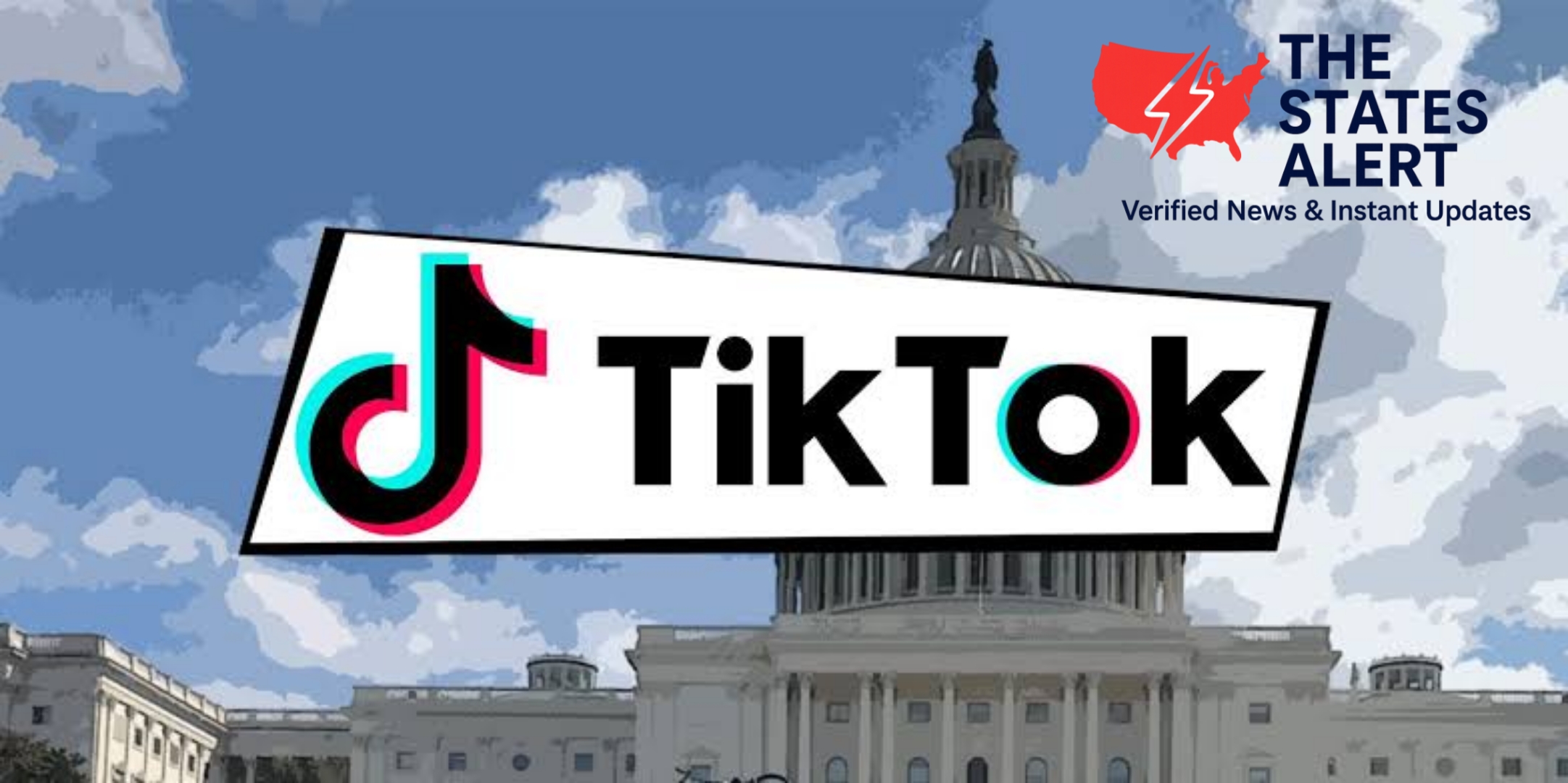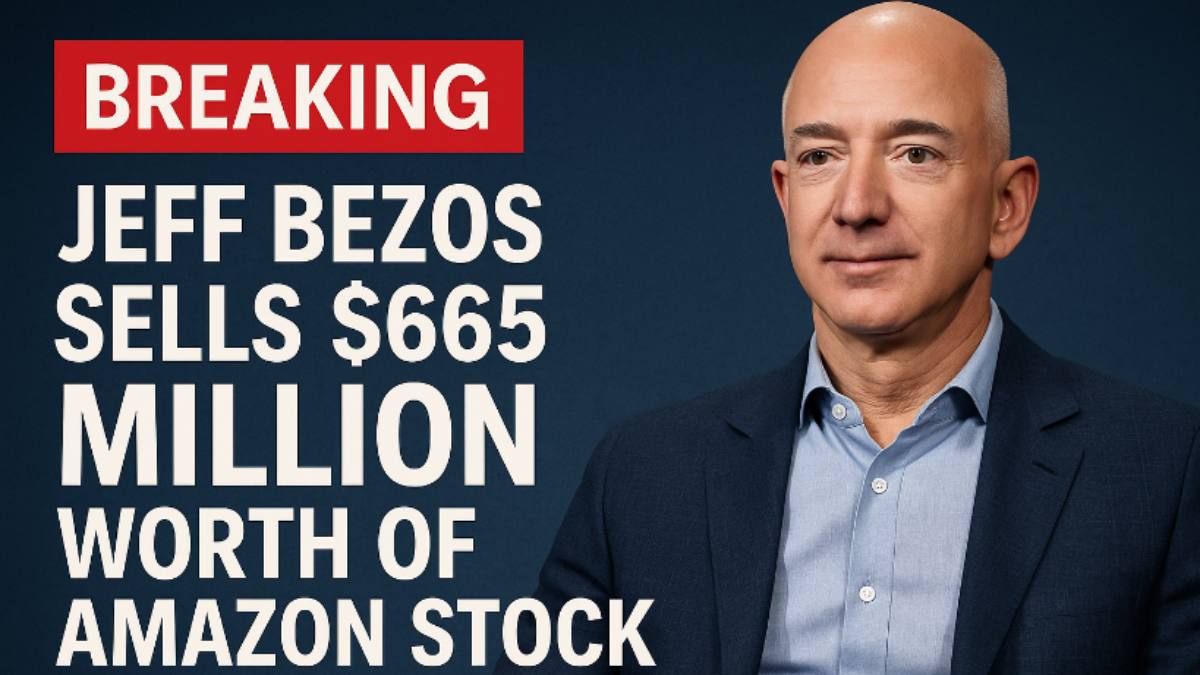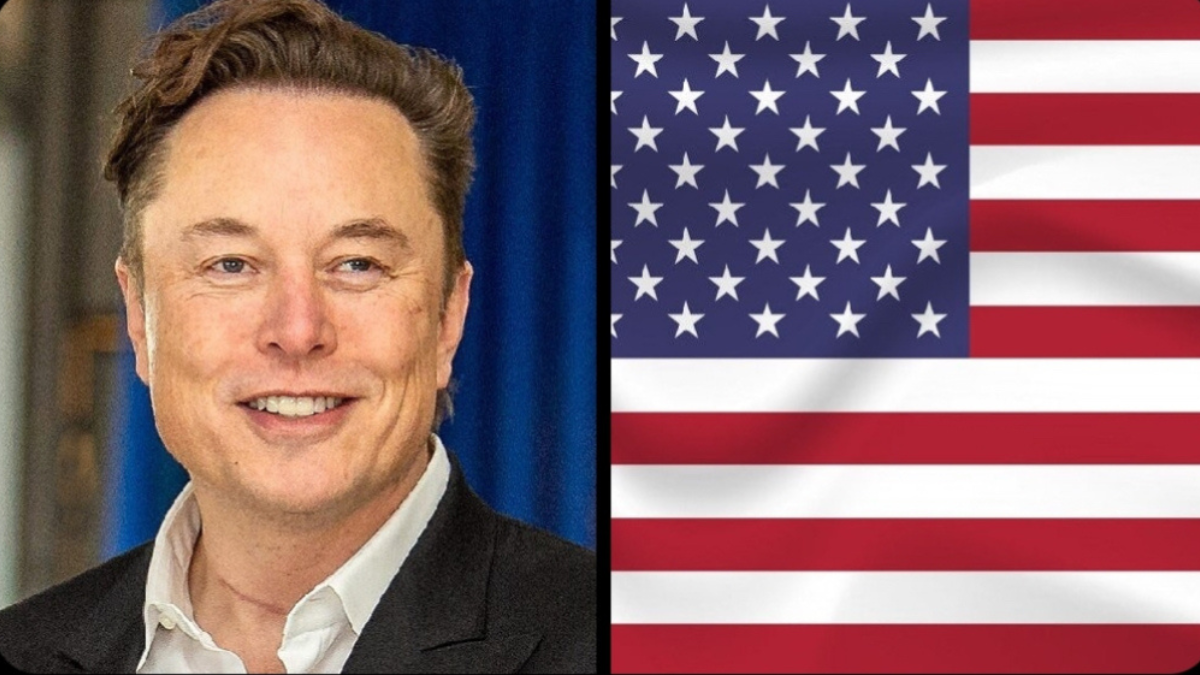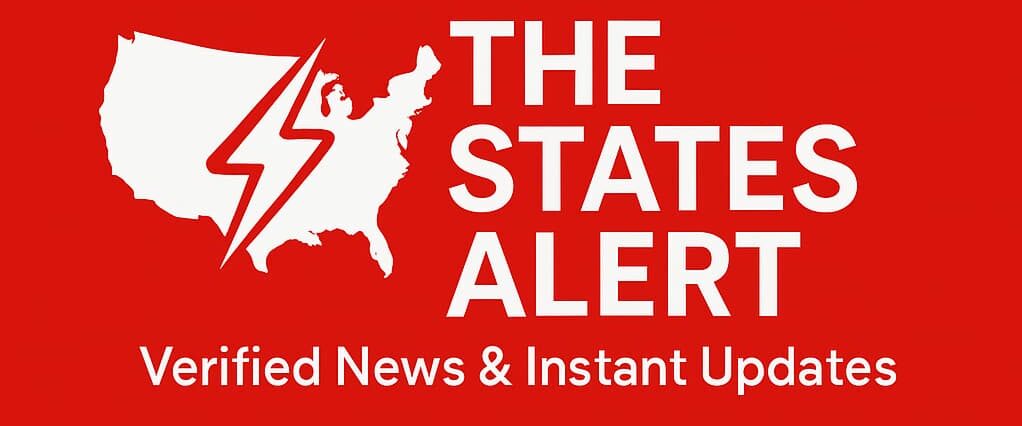
The story of the TikTok ban in the United States continues to make the rounds in 2025, with new developments keeping the popular short-video app in the headlines.
As of July 5, 2025, things are still uncertain, as President Donald Trump has pushed back the deadline for TikTok’s parent company, ByteDance, to sell its US operations to September 17, 2025. This is now the third time the deadline has been extended since the ban was implemented in January 2025, sparking discussions about national security, free speech, and the future of social media in the US.
In this article, we’ll take a closer look at the latest update, what it means for TikTok’s 170 million users in the US, and what the future of the app holds in the US market.
Background: Why Is TikTok Facing a Ban?

TikTok, owned by Chinese company ByteDance, has been facing a lot of scrutiny in the US for some time now, primarily due to national security concerns. In April 2024, Congress passed the Protecting Americans from Foreign Adversary Controlled Applications Act.
Under this law, ByteDance must sell TikTok’s US operations to a non-Chinese company by January 19, 2025, or risk a nationwide ban. Lawmakers expressed concern that the Chinese government could gain access to sensitive user data or use the platform for political manipulation – claims that both TikTok and ByteDance have strongly denied.
The law received bipartisan support, highlighting widespread concern about foreign influence over American data. However, TikTok opposed the ban, saying it violates free speech rights. Despite this, President Trump has repeatedly intervened and issued executive orders to postpone enforcement, allowing TikTok to remain operational for its millions of US users and the 7.5 million US businesses that rely on the platform.
Latest Developments: Trump’s Third Extension and Potential Buyers

On June 19, 2025, President Trump signed an executive order that gives ByteDance an additional 90 days to sell TikTok’s U.S. operations, moving the deadline to September 17, 2025. This is the third extension since Trump took office in January 2025, following earlier delays in January and April. The White House has made it clear that Trump “does not want TikTok to go away,” highlighting the app’s importance to millions of Americans and its role in ongoing trade talks with China.
In a recent interview on Sunday Morning Futures, which aired on June 29, 2025, Trump indicated that “a group of very wealthy people” are coming forward as potential buyers for TikTok’s U.S. operations. He suggested we could hear about the identity of the buyer in the next two weeks, although any deal would still need the green light from the Chinese government, which has previously halted talks due to rising US-China trade tensions, including Trump’s tariffs on Chinese imports.
The prospect of a sale has kept hope alive for TikTok’s future in the US. Notable bidders such as billionaire Frank McCourt, Shark Tank investor Kevin O’Leary, Amazon, AI company Perplexity and a group led by YouTube and TikTok star Jimmy Donaldson (MrBeast) have reportedly shown interest. However, a previous deal in April 2025 fell apart after Trump imposed additional tariffs on China, leading ByteDance to announce that Beijing would not approve the transaction under the current circumstances.
The Role of the Trump Administration and Legal Challenges

Trump’s choice to postpone the ban has stirred up quite a bit of debate, with some lawmakers claiming that the extensions don’t have a solid legal foundation. The Protecting Americans from Foreign Adversary Controlled Applications Act does allow for a one-time 90-day extension if there’s clear progress toward divestiture, but Trump’s ongoing delays have raised eyebrows about whether he’s sticking to the law. Legal experts point out that no one has challenged these extensions yet, which might be because the administration has a pretty broad view of executive power when it comes to foreign affairs.
In an interesting turn of events, U.S. Attorney General Pam Bondi has reassured major tech companies like Apple, Google, Microsoft, and Amazon that they won’t face any repercussions for continuing to support TikTok’s operations in the U.S. This reassurance, laid out in letters made public on July 4, 2025, allowed TikTok to make a comeback in app stores after a short 26-day break in January and February 2025. Bondi’s letters referenced Trump’s belief that an abrupt shutdown would disrupt national security and foreign policy goals.
The brief TikTok blackout on January 18, 2025, sparked a strong reaction from creators and users, many of whom credited Trump for getting the service back up and running in just 14 hours. The company expressed its appreciation for Trump’s leadership, with TikTok CEO Shou Chew even attending the president’s inauguration in January 2025, signaling a willingness to work together.
Impact on Users and Businesses

With 170 million users and 7.5 million businesses in the US turning to TikTok for marketing, content creation and community engagement, a potential ban could have serious consequences. Creators like @ReesaTeesa, whose viral relationship saga is being turned into a TV show, and comedian @AdamW have used TikTok to garner huge numbers of followers. The app’s impact on the creator economy and its influence on trends from dance challenges to product promotions is hard to exaggerate.
Uncertainty about TikTok’s future has led some users to consider alternatives such as RedNote, a Chinese social media app that gained popularity among US users after an earlier ban attempt in January 2025. However, RedNote has also come under fire for data privacy issues, making it a less attractive long-term option. For businesses, TikTok is an essential marketing tool, particularly for smaller companies targeting younger audiences. A ban could hinder their outreach and revenue, leading many to push for a solution that keeps TikTok operational under US ownership. Representative John Moolenaar, who chairs the House Committee on China, has expressed support for a “US takeover” of TikTok to ensure user safety while maintaining the platform’s functionality.
What’s Next for TikTok in 2025 ?

As we get closer to the September 17, 2025, deadline, a few different scenarios could play out :
1. Successful Sale: If ByteDance decides to sell TikTok’s U.S. operations to an American buyer and gets the green light from the Chinese government, the app could keep running smoothly. Trump’s mention of finding a buyer indicates some progress, but getting Beijing’s approval is still a major obstacle.
2. Further Extensions: Trump might issue more executive orders to push back the ban, but this could attract more scrutiny from lawmakers and legal experts who argue that constantly extending the deadline undermines the original law.
3. Permanent Ban: If no deal is reached by September 17, TikTok could face a full shutdown in the U.S., with app stores and internet service providers barred from supporting it. This would mark a significant shift in the social media landscape, potentially driving users to platforms like Instagram Reels or YouTube Shorts.
4 . Legal Challenges: TikTok could pursue further legal action to challenge the ban, though its previous Supreme Court loss makes this less likely to succeed. Alternatively, the company might negotiate a restructuring to reduce Chinese ownership without a full sale.
Why This Matters to Americans
The story of TikTok isn’t just about a social media app — it reflects larger tensions between the U.S. and China, sparking discussions about data privacy and raising questions about how the government should regulate technology. For countless Americans, TikTok serves as a hub for entertainment, creativity and even income. The prospect of a ban brings up important issues about free expression and the economic consequences for creators and businesses alike. Still, we can’t ignore national security concerns, as lawmakers continue to point to the dangers of platforms controlled by foreign entities.

The human side of this story is reflected in the stories of TikTok users, including small business owners showcasing their products and young creators furthering their careers. The app’s brief blackout in January 2025 highlighted how it has become ingrained in the fabric of American culture, with fans taking to platforms like X to demand its return. As one user put it, “TikTok isn’t just an app — it’s a community. Losing it would feel like losing a part of myself.”
How to Stay Informed
To keep up with the latest developments, follow trusted news sources like The New York Times, CNN, and Forbes for updates on TikTok’s status. On X, hashtags like #TikTokBan and #SaveTikTok are buzzing with real-time sentiment from users and creators. For official statements, check TikTok’s website or the White House’s press releases. As the September deadline nears, staying informed will be crucial for users and businesses planning their next steps.
Conclusion
The situation surrounding the TikTok ban is anything but straightforward, with President Trump’s extensions giving a temporary lifeline to the app’s 170 million users in America. While the idea of a potential sale brings a glimmer of hope, the requirement for approval from the Chinese government and the ongoing trade tensions create a cloud of uncertainty. For the time being, TikTok is still thriving in the U.S., but its future remains uncertain. By diving into this topic, your news blog can engage with a hot-button issue that’s capturing attention and sparking lively discussions among readers. Whether you’re a TikTok creator, a business owner, or just someone who enjoys scrolling through the app, the next few months are going to be crucial. We’d love to hear your thoughts in the comments below—how would a TikTok ban impact you? Keep an eye out for more updates as this story continues to develop.







